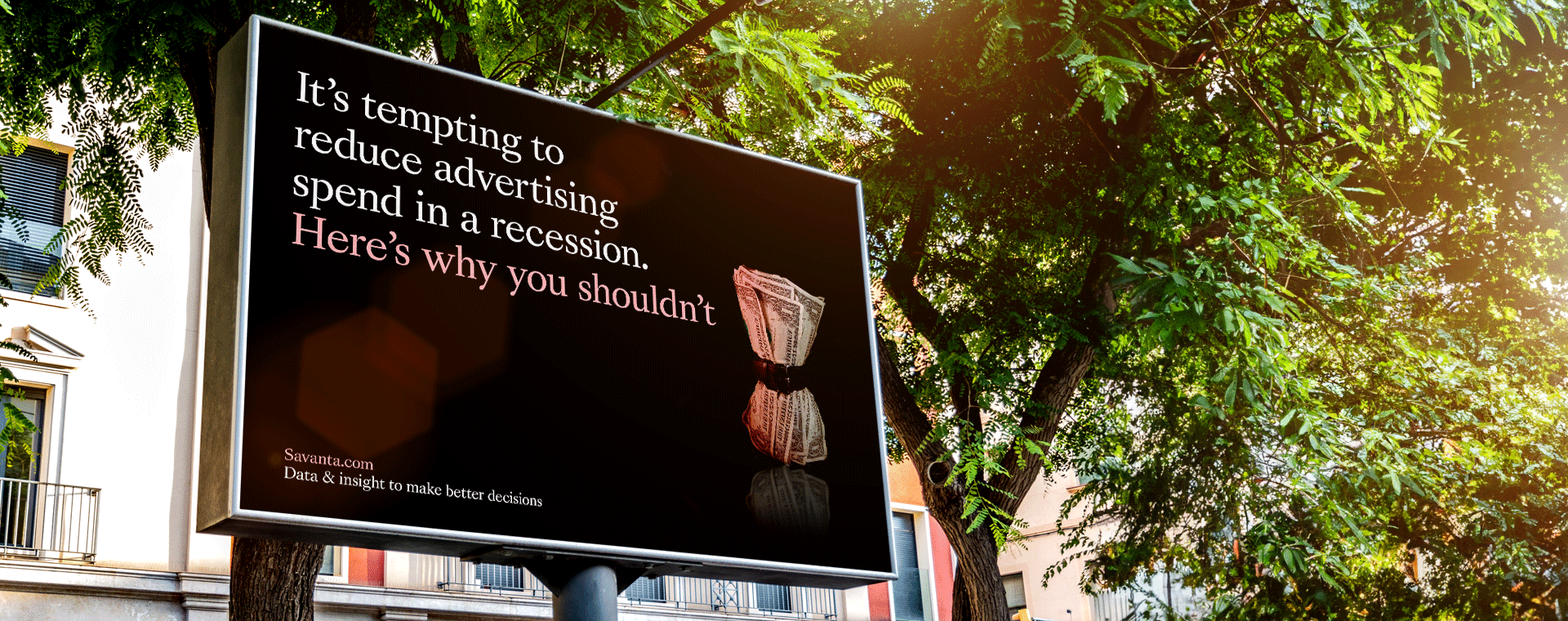
Creating a seamless customer/user experience means embarking on a journey to understand needs, behaviours and pain points. With the help of a wide array of research techniques available today, this could not be easier: data is unearthed, findings are collated, and insights are then applied to ensure that the product or service benefits its users.
You don’t need to conduct research on every country, on every persona type, and on every feature. Pick the ones that will bring the most value to your audience.
A design team can create a solution in a much better capacity once they know who is using their product, and how. By keeping users in mind, designers are designing for the correct audience. Let’s imagine a brand that creates a product and assumes how its users act and behave based on their own feelings and expectations. We can almost be certain that the experience across countries won’t be ideal. Why is this the case? Aren’t we all using the product in the same way?
Not necessarily. Users in different countries have different needs, different pain-points, different cultural contexts, the list goes on. For example, something that works in Canada may ultimately fail in Japan. This is because we live in a world where preferences are different across regions, and so are people’s needs.
Global research takes the guesswork out of creating a great experience across the world. There is sometimes difficulty trying to convince stakeholders of the ROI on global research, especially in the qualitative space. Does it genuinely help? Is it worth the price tag? Does it truly reduce risk?
Here are some key points on why this topic is truly vital from the conception of an idea all the way to product delivery (after all, why make a product for users, if you haven’t studied the users?):
- Audiences are not homogenous across the world.
As mentioned above, users in other countries have different frustrations, needs, and cultural contexts. Research allows you to study the differences across global markets and address potential issues in advance before launching a possibly faulty product or service. For example, in some parts of the world (like Greece and Iran), the “thumbs up” gesture actually has a negative meaning. Talking with people across the world will allow you to identify any differences between countries (and potentially save you from any embarrassment).
- Help designers design better products.
Users are not designers, or product developers. Doing research in real life allows you to get closer to your audience to ensure you’re creating a product that people want to use. Focus on creating a stable foundation at the beginning and testing and iterating throughout the design. Design Thinking, a very common design technique, makes the task of achieving empathy with users the starting point for the design team.
- Save time and money:
If you think you’ll get away with not doing any research (which you might), it will have serious repercussions. If a product is launched without spending any time on user explorations, it will most likely have design flaws and may cause confusion to the user. Through global research, you can resolve such issues beforehand, saving valuable resources.
Research can be done on a budget. You don’t need to conduct research on every country, on every persona type, and on every feature. Pick the ones that will bring the most value to your audience.
Let your team and stakeholders know how valuable your insights were to your study. Communicating the need for global research can really help get everyone on board.
If you’re looking for a remote (or face-to-face) methodology for your next study, take a look at our Remote Research Decision Tree or get in touch with our experts at [email protected]





